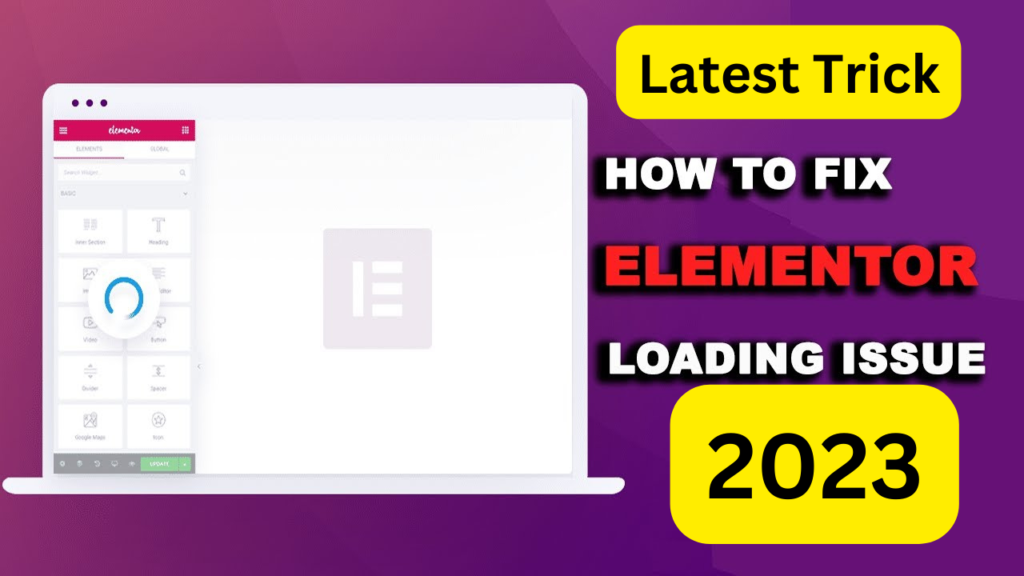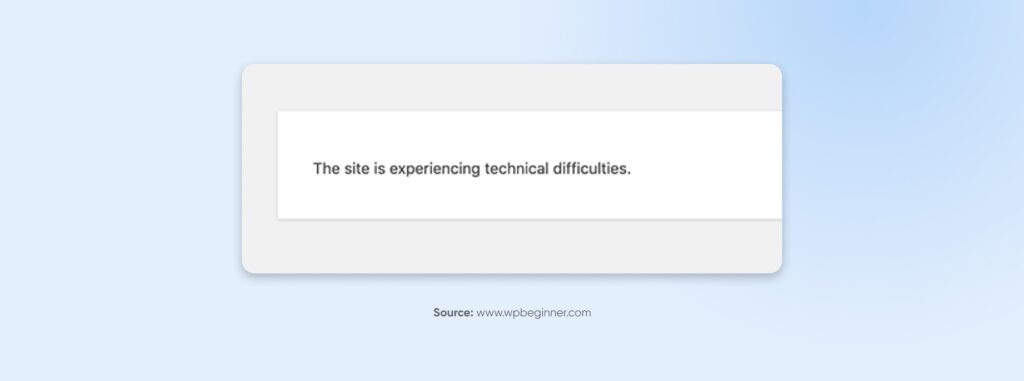1. Update Elementor
It may be the case that Elementor is failing to load because you’re using an outdated version of the plugin. Outdated plugins can cause conflicts with other tools or with the latest version of WordPress.
To check if your Elementor is up to date, go to Plugins > Installed Plugins and look for the builder. If you have a premium license, you should see both Elementor and Elementor Pro in your plugins list:

2.Check Your Website’s Memory Limit
Your website’s PHP memory limit defines how much RAM the entire WordPress installation gets to use. Low memory limits will prevent a lot of plugins from working correctly.
As we mentioned before, Elementor has a minimum system requirement of 128 MB of memory. If you’re not sure what your site’s memory limit is, you can check it by going to Tools > Site Health and selecting the Info tab. Then, open the Server tab and look at the PHP memory limit entry:

Most modern web hosts will offer 128-256 MB as the PHP memory limit baseline. If you’re using an application, database, and managed WordPress host, like Kinsta, that number will probably be 256 MB.
If you’re dealing with a lower number, you can attempt to increase the PHP memory limit manually. The easiest way to do so is via FTP.
Start by connecting to your website via FTP or SFTP and locating the WordPress root folder. This is commonly named www, public, or public_html.
Once you locate the folder, open it and look for the wp-config.php file:

Open the wp-config.php file with a text editor and look for the line that reads:
define( ‘WP_MEMORY_LIMIT’, ‘256M’ );
Depending on your server’s memory limit, that number will probably be lower. If you can’t find that line, you can add it manually. However, make sure that you don’t edit any other entries in the wp-config.php file. You’ll also want to add that code before the line that says:
/* That’s all, stop editing! Happy blogging. */
Technically, you can get away with a memory limit of less than 256 MB, but you can also try setting a higher one. However, in our experience, 256 MB is the sweet spot for PHP memory.
When you’re done, save your changes and close the file. Now, check the Site Health page again to see if WordPress recognizes the change in PHP memory limits.
In some cases, your web host might not allow you to change the PHP memory limit manually. This means you’ll need to reach out to the support team to see if they can do it for you.







